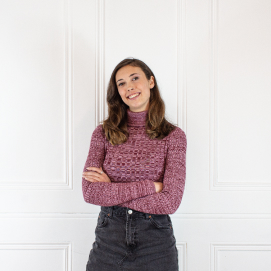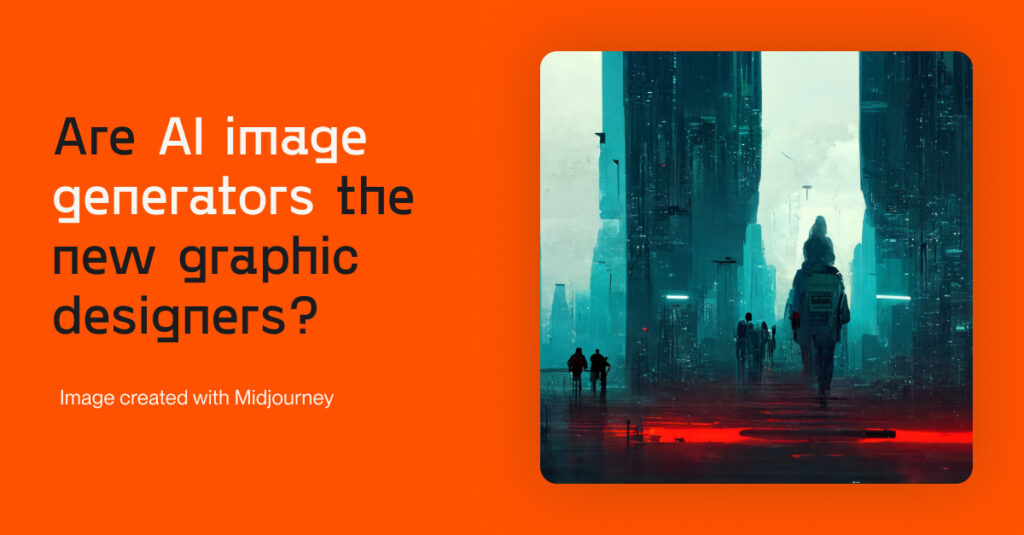Are AI image generators the new graphic designers?
Artwork is often held up as the paragon of human expression. The reasons for this can be vague, and tied up with human sentimentality, but the justification largely goes:
Art involves a connection between a visual stimulus and an inner emotional state.
Animals cannot make this connection, even if they produce drawings on a page.
Art is something only humans can do.
For the past 45,000 years, humans have had full reign over the art world, and created some masterpieces as they went. But as technologies steadily advance, and the world looks to a Metaversical future, the art world is starting to look pixelated.
NFTs have been an example of this, with cartoonish digitally-produced pieces selling for millions on OpenSea. But these are still human generated, using technology for their creation and display, but humans to design. Not so, however, with DALL-E – an AI powered image generator. This piece of software produces AI generated images from text – original images created by a machine - and the results are truly extraordinary.
The evolution of AI
So where did it all begin? Well, the evolution of AI has, in some ways, been slower than expected. When it first burst onto the scene, in a 1955 Dartmouth Conference, ideas for the technology were ambitious. However, interest stalled, research funding dropped off, and most of the 1970s became known as the “AI Winter”.
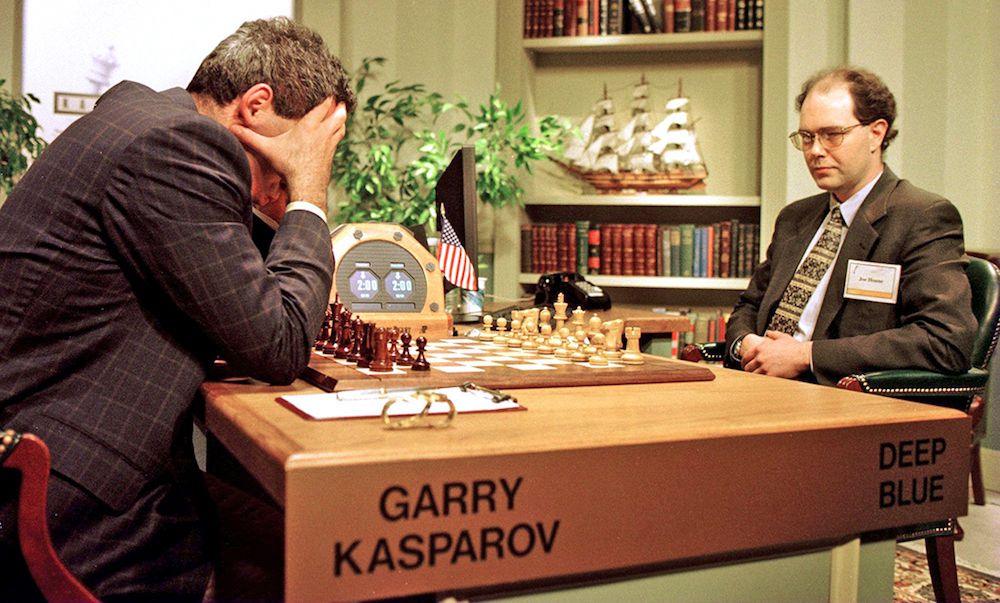
The 90s saw another boom of interest, as AI took to the world chess stage in the form of Deep Blue – beating World Chess Champion Garry Kasparov in 1997. AI-powered machines gaining victory over humans posed new questions around the technology. Chess was seen as a deeply human game: one which involved intelligence, and all skill – no shortcuts possible. If a machine could outsmart a human at chess, what else could it do?
Sentient AI
The early 2000s saw a wave of “sentient AI” films. In Spielberg’s AI, a robot boy longs for love and belonging. Disney’s Wall-E falls in love with a she-robot and pursues her across the galaxy. In I, Robot, AI-powered machines turn against humanity.
AI as a threat to human lives and jobs has endured as a theme. So has robots falling in love. Machines have been cast as love interests and rivals, servants-helpers and malignant oppressors. Their roles in science fiction have progressed far beyond what’s been possible in reality – so far. But AI image generators are a step forwards and continue the trajectory towards a more sentient machine.
Art-ificial Intelligence
AI-powered art actually dates back to 1973. However, only recently has it really taken off. In 2018, the first AI-created piece of art was sold at a major auction house (Christies) - for almost half a million dollars. To put this achievement in context, a Picasso print in the same auction sold for the same price.
And then 2021 saw the launch of DALL-E, a machine learning model developed to generate digital images with extraordinary speed. DALL-E requires simple descriptions (e.g. “blonde woman standing in the rain in photorealistic style”) and can almost instantly produce AI generated images from text.
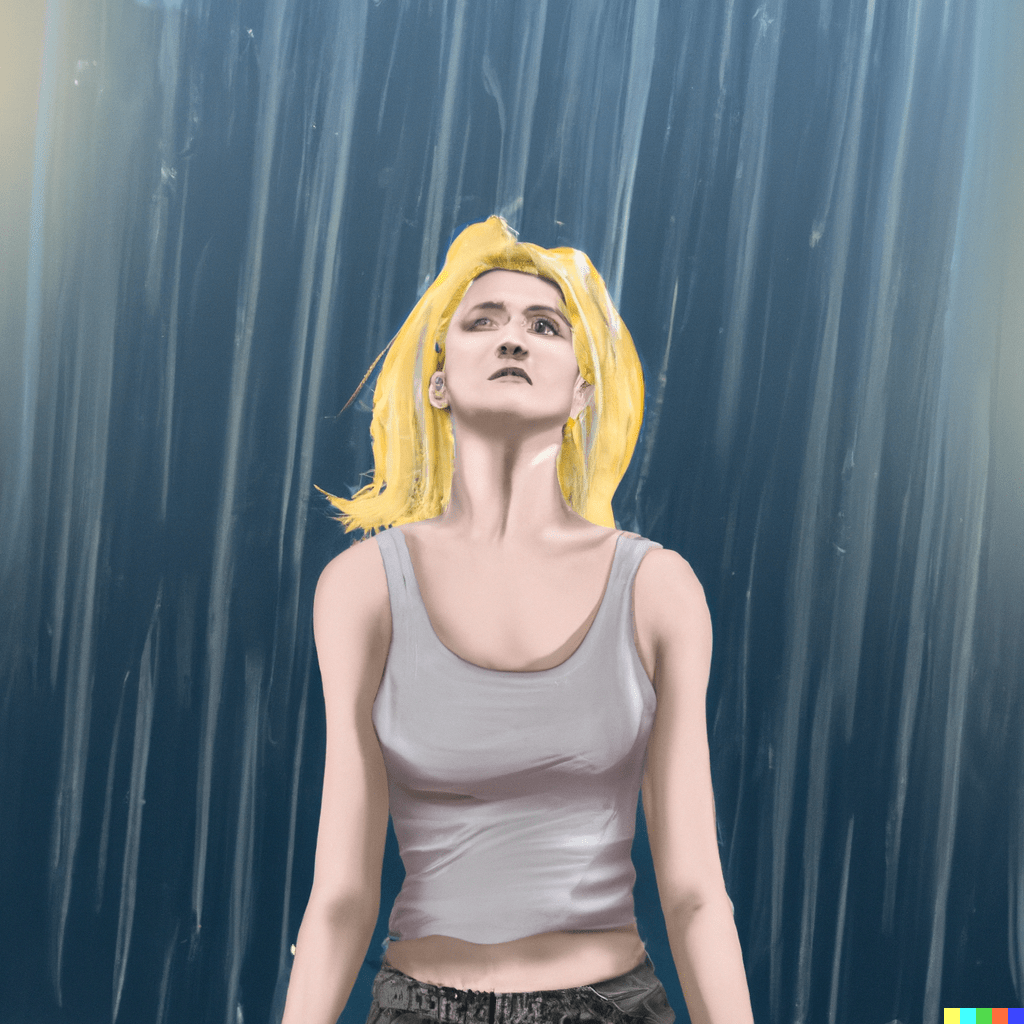
Already the technology has been used to create magazine covers (for Cosmopolitan) and has the real potential to disrupt the graphic design industry. According to ARK, an investment company that primarily invests in “disruptive” technologies, “customers could produce 5,000 images for the price they would pay a graphic designer to produce a single image.”
DALL-E vs. designer
DALL-E might seem like a gimmick. But its potential across industries is vast. Many of the DALL-E images are shockingly good – and can be produced in as little as a few seconds. Perhaps the results can’t be described as art, but DALL-E may be a real threat to graphic designers and digital artists worldwide.
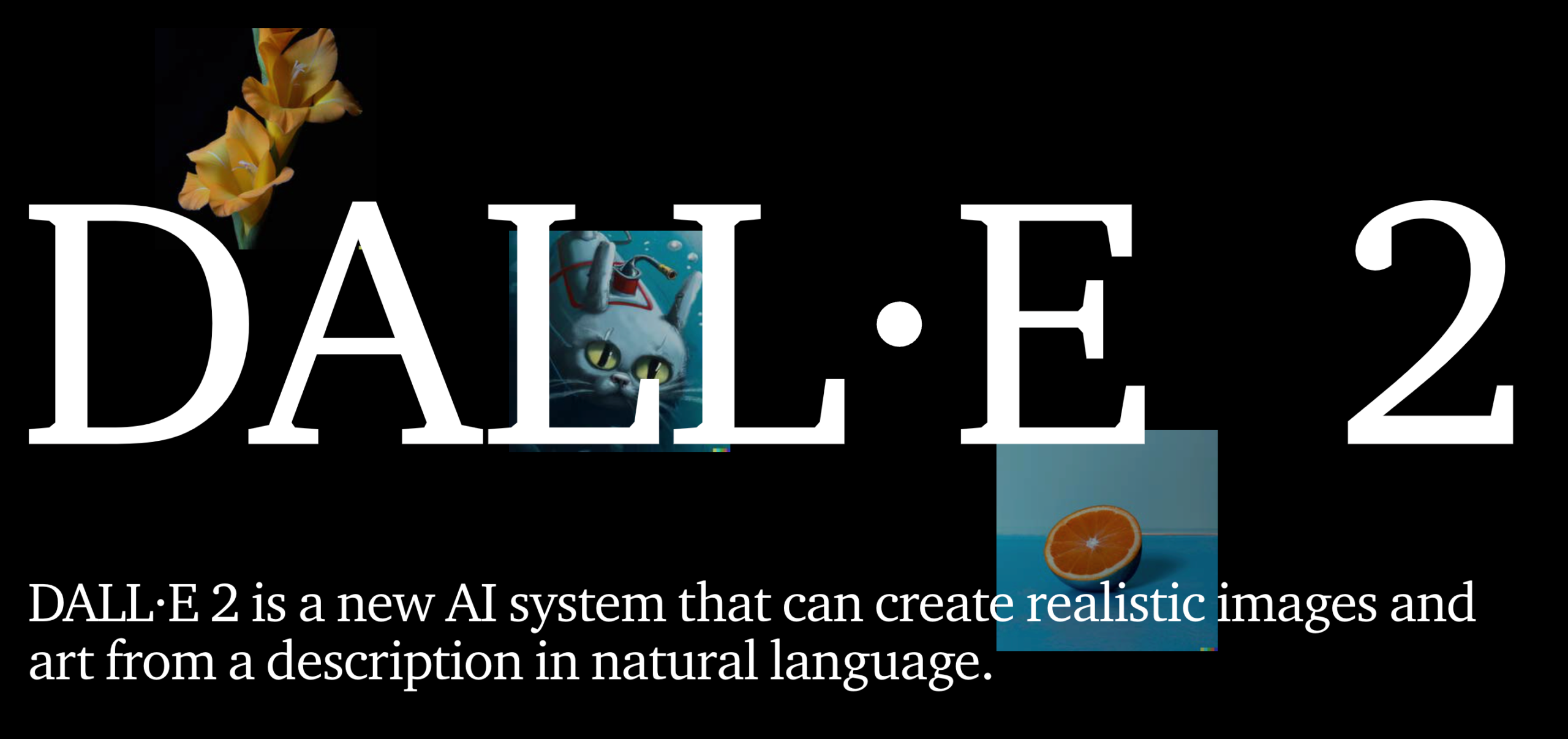
Or at least – that's the concern. But how does DALL-E really compare to a human? Well, it’s faster, for one. Cheaper, for another. But it doesn’t work so well with text, which means that creating logos and publishing layouts isn’t a possibility. On top of this, DALL-E cannot render photorealistic faces (in an effort to prevent the technology from creating deepfakes). Parts of images also often look blurry or aren’t fully fleshed out, as they would be in a human illustration.
For now, DALL-E isn’t taking graphic design jobs. And perhaps it never will. But what it can do for designers is provide the creative inspiration for projects and fresh routes when ideas run dry.
DALL-E, more than anything, sets a precedent. It offers a new way for designers to work, conceive of new images, and rework existing ones. In reality, AI image generators will probably be used in conjunction with other tools. These might replace certain tasks for designers, but also open up new jobs and areas of expertise.
Is it art?
So, are DALL-E's images art? And will robots ever be considered artists, producing copyrighted works?
DALL-E's creators haven’t, like other AI systems (Siri, Alexa), anthropomorphized the technology – a conscious decision. This means that copyright issues haven’t come into play (yet) and the software is more likely to be sold as just that – software. For designers, the software should be a help more than a hindrance or a threat.
AI generated images from text aren't considered artwork right now. But they do open up questions about the spiralling prevalence of AI technology and its place in human society. Questions like: when does AI stop being an algorithm, a set of predetermined instructions and learned outputs? When will a machine create something that isn’t human, but entirely on its own?
When will DALL-E become the next Dali?
Want to learn more about new tools like DALL-E that are changing the tech industry and what that means for your marketing? Read our blogs to stay updated on the latest trends and marketing tips and tricks.
Looking for a design overhaul for your website?
At Fifty Five and Five, our creative art and design team uses a variety of digital tools to help them deliver the best results for our clients. To find out more about the team and what we do, get in touch with us today.
